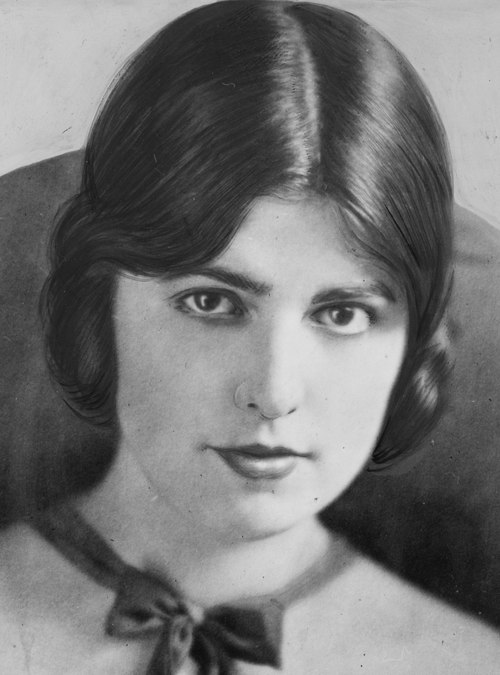MK-Ultra, Part 3: The Church Committee and America’s First Look Behind the Curtain
By Lori Walker Sartain
For over two decades, the CIA’s mind control program known as MK-Ultra operated in the shadows—unregulated, unaccountable, and devastating to its victims. But in 1975, the veil was partially lifted. What Americans discovered, through a historic Senate investigation known as the Church Committee, shocked the nation and shattered trust in government intelligence.
This was the moment when conspiracy became confirmed fact.
The Spark: Watergate and a Culture of Secrecy
In the wake of the Watergate scandal, Americans were already questioning how much power should be placed in the hands of secretive government agencies. Public trust in institutions had eroded. In response, Congress formed a series of investigative bodies to rein in abuses, including the Senate Select Committee to Study Governmental Operations with Respect to Intelligence Activities, led by Senator Frank Church of Idaho.
This committee, formed in 1975, was tasked with investigating the CIA, FBI, NSA, and IRS. What they uncovered went far beyond political spying.
The Smoking Gun: MK-Ultra Exposed
Among the most damning revelations was the existence of Project MK-Ultra—a CIA initiative that had conducted mind control experiments on unwitting U.S. and Canadian citizens. The experiments included:
-
Drugging civilians with LSD without consent
-
Hypnosis and sensory deprivation
-
Electroshock therapy at extreme levels
-
Covert operations using sex workers to lure victims into CIA-run safehouses (Operation Midnight Climax)
CIA Director Richard Helms, fearing the scandal that might unfold, had ordered the bulk of MK-Ultra records destroyed in 1973. What survived were 20,000 financial documents, misfiled in an accounting office—enough to piece together the truth.
A Pattern of Abuse and Evasion
The Church Committee discovered a web of illegal surveillance, media manipulation, and psychological warfare, not just on foreign enemies but on U.S. citizens. MK-Ultra was just one piece of a broader abuse of power that included:
-
COINTELPRO: the FBI’s harassment of civil rights leaders
-
NSA’s SHAMROCK program: unauthorized surveillance of American citizens’ communications
-
Efforts to discredit journalists and political opponents
The CIA had not only experimented on civilians—they had evaded oversight at every level, often misleading the very presidents they were supposed to report to.
The Church Committee’s Impact
The final reports, published in 1976, were explosive. The American people learned for the first time that:
-
The CIA had violated its own charter, operating domestically and against civilians
-
Informed consent was often bypassed in favor of secrecy and expediency
-
Mind control and behavior modification were not science fiction—they were government-funded priorities
As Senator Church stated:
“The potential for the abuse of power is enormous. We must ensure this never happens again.”
The committee led to the creation of the Foreign Intelligence Surveillance Act (FISA) and the permanent Senate Intelligence Committee, marking the first significant congressional effort to rein in the intelligence community.



